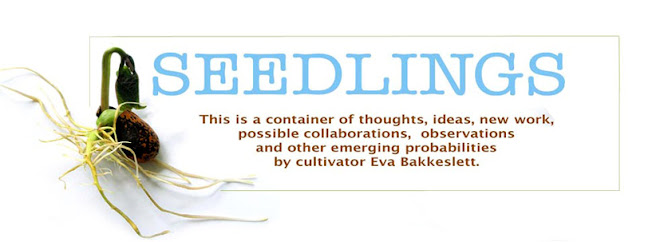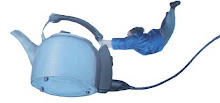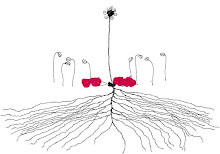

We have finally reached our destination back on our arctic Angel Island and things have slowly started to fall back into place. What a journey and how mind-boggling it is to suddenly find ourselves back. Surreal! After 4 days drive lead by Google maps, through France, Belgium, Holland and Germany, Denmark and Sweden with a car and a trailer looking like an overloaded Gypsy caravan, we finally reached our island at 11PM a week ago. The first thing we saw was a wall of grass that neighbours and friends had cut and hung to dry in the traditional way. All of them hid behind it and jumped out as we approached the front door, singing and playing a wooden trumpet and they had made lovage soup and baked bread and buns for us and filled the freezer as well. I was moved to tears and it felt like coming to a diffferent planet. Totally out of this world.
Amazing.
Ate freshly fished pollock on the first day and went blueberrypicking on the second and then I locked myself in my studio to write a talk and a performance.
Just back now, having done my talk in the Lofoten islands and the performance in Oslo in front of 120 delegates from all over the world at a conference about sustainable approaches to our use of the sea. I was reading my performance writing and my collegue, a Saami guy,
was joiking (the traditional Saami chant). A Swedish deligate from the Foreign Secretary at the Swedish government came up to tell us that
her entire table was moved to tears.
It was fantastic.
Also had the delightful message from Planet in Focus Environmental Film Festival in Toronto that they have accepted my film Alchemy (the poetics of bread) at the festival in October!!! Clive will be in New York at the time and is going up to present it.
It is now another glorious day here with bright blue skies and sea, 20 degrees and still. I love and the wilderness and immense peace, but it also feels difficult to be so far away from a critical mass of people who genuinely work to change the world and hard to justify all the carbon I am consuming having to fly and drive so much more than I want to.
Have to try and find ways of dealing with it as I go along. Good advice is welcomed.



















